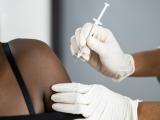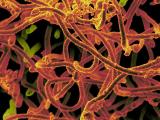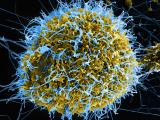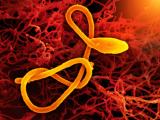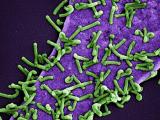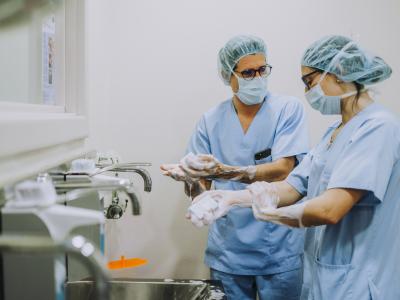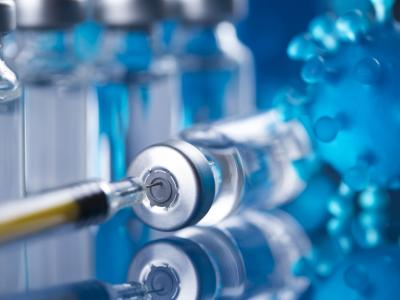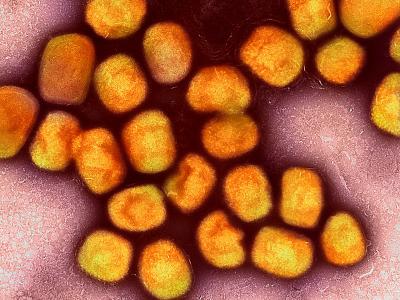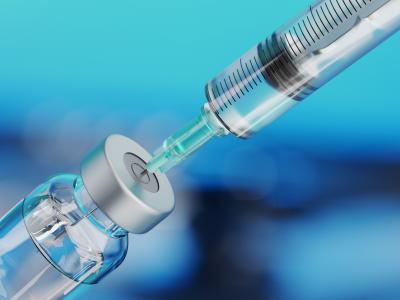Scotland's government today announced that a health worker who recently returned from battling Ebola in Sierra Leone has been hospitalized in Glasgow at a facility equipped to handle dangerous pathogens.
The patient reached Scotland last night, arriving at the Glasgow airport on a British Airways flight after traveling through Casablanca and London, according to a government statement. He or she was admitted and isolated in the Brownlee Unit for Infectious Diseases at Gartnavel Hospital early this morning after not feeling well.
Few details were available about the patient in the official statement, but Sky News today said the health worker is a woman, possibly a nurse. Her illness represents Scotland's first Ebola case.
All of the patient's contacts are being traced, the government said, adding that anyone thought to be at risk will be contacted and closely monitored. However, it said the risk to others is considered extremely low, because the patient was diagnosed at a very early illness stage. It has set up a telephone hotline for anyone who was on the Heathrow-to-Glasgow flight with the patient last night.
The patient will be moved to a high-level isolation unit at Royal Free Hospital in London as soon as possible, based on United Kingdom and Scotland Ebola protocols.
First Minister Nicola Sturgeon said in a statement that the country's first thoughts are with the patient and his or her friends and family. "Scotland has been preparing for this possibility from the beginning of the outbreak in West Africa and I am confident that we are well prepared," she said.
Ebola total tops 20,000
The World Health Organization (WHO) said today that the number of Ebola infections in the three hardest-hit countries has reached 20,081, with deaths rising to 7,842. The latest update includes cases reported as of Dec 27 for Guinea and Sierra Leone and as of Dec 24 for Liberia.
Sierra Leone has the most infections, 9,409, followed by Liberia with 7,977 and Guinea with 2,695. However, Liberia has the most deaths, with 3,413 reported so far, followed by Sierra Leone with 2,732 and Guinea with 1,697.
An area of Liberia that borders Sierra Leone is seeing a resurgence in Ebola cases, due to travel and traditional practices that include washing dead bodies, the Associated Press (AP) reported today, citing warnings from Liberian health ministry officials.
Health officials said 49 Ebola cases were reported in the western part of Grand Cape Mount from Dec 1 through Dec 25, according to the report.
Liberia has experienced a steady decline in Ebola cases over the past several weeks, but the pace of new infections has remained brisk in Sierra Leone, and health officials have warned that Liberia is still at risk of disease flare-ups.
Outbreak passes 1-year mark
Meanwhile, to mark the first anniversary of the first Ebola infections in West Africa's outbreak, the WHO's Ebola Response team in a big-picture view of the epidemic said it changed course in September and has undershot their prediction that 21,000 cases would be reported by Nov 2 without major response changes. The team published its overview in a letter in the Dec 24 online edition of the New England Journal of Medicine (NEJM).
Since September the increase in case incidence appears to have halted in Guinea and Sierra Leone and to have reversed in Liberia, the group wrote. Based on data through Dec 14, the geographic distribution of cases has shifted markedly. In Guinea, Ebola incidence decreased from March through September in Gueckedou, but increased sharply in the neighboring districts of Kerouane, Macenta, and N'zerekore.
In the outbreak epicenter in eastern Sierra Leone and northern Liberia, cases since early November have tapered off, but Ebola activity has persisted in the capitals of all three countries. By October, Sierra Leone's hottest area had shifted to the western part of the country.
Changes in incidence and a scale-up of patient isolation and safe burial practices have been associated with epidemiologic changes, such as a drop in case reproduction numbers across all three countries to values close to 1, the team said. Investigators are exploring the reasons for the change, which could include shorter average intervals since Oct 1 between symptom onset and hospitalization, thought to reduce transmission. They noted that the interval has dropped from 5.3 days to 4.3 days and that another factor could be careful contact tracing and case finding, which are thought to have made an impact in eastern Sierra Leone and northern Liberia.
Other developments
- Roche today announced that it received an emergency use authorization (EUA) from the US Food and Drug Administration (FDA) for its LightMix Ebola Zaire real-time reverse transcription polymerase chain reaction (rRT-PCR) test for use in testing patients with risk factors, such as those traveling from West Africa. The test is used for detecting the virus RNA in whole blood samples.
- French researchers on Dec 17 launched a trial of the antiviral drug favipiravir at the Doctors without Borders (MSF) Ebola treatment center in Gueckedou. MSF said in a Dec 26 statement that the trial will include as many confirmed cases as possible, but won't have a control group, because it is unethical to deny patients treatment, given the disease's high mortality rate. Patients arriving at the MSF facility are being informed about the option of receiving the treatment, and those who elect not to will be given supportive care. The drug is made by a Japanese division of FujiFilm and has shown promising results in animal studies and in humans for another viral infection, though it has never been studied in humans for use against Ebola, MSF said.
- An American researcher and collaborators from Sierra Leone are reporting a decreasing case-fatality rate with a treatment protocol that features intravenous drugs and rehydration, symptomatic treatment, and oral rehydration and nutritional supplementation. The team from the Ebola treatment center at the Hastings Police Training School in Freetown reported its findings in a letter in the Dec 24 online edition of NEJM. They said their case-fatality rate, at 31%, is much lower than the 74% recently reported for another Ebola treatment unit in Sierra Leone. From mid-October through early December, the rate at their center dropped from 47.7% to 23.4%. Clinicians said it's not clear why the case-fatality rate is decreasing, and though it would be difficult to tease out the impact of individual components, the approach needs to be tested at other Ebola treatment centers.
See also:
Dec 29 Scottish government statement
Dec 29 Sky News story
Dec 29 WHO situation summary
Dec 29 AP story
Dec 24 NEJM letter from WHO Ebola team
Dec 29 Roche press release
Dec 26 MSF statement
Dec 24 NEJM letter on Ebola treatment protocol


